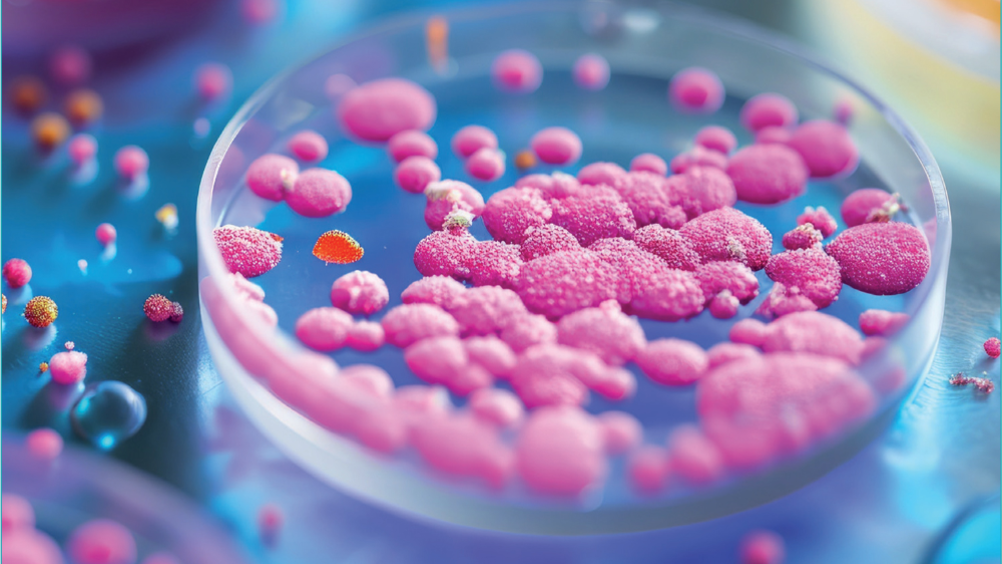References
Bacteriophages

Abstract
In this month's article, George Winter discusses how attention has been turning increasingly towards a natural antibacterial phenomenon that could influence the treatment of bacterial infections
The World Health Organization (WHO) has described antimicrobial resistance (AMR) as one of the top global public health and development threats, reporting that ‘bacterial AMR was directly responsible for 1.27 million global deaths in 2019 and contributed to 4.95 million deaths’ (WHO, 2023).
Given the ongoing nature of this worldwide threat, attention has been turning towards a natural antibacterial phenomenon that could influence the treatment of bacterial infections.
Bacteriophages, or phages, are naturally occurring obligate intracellular parasites of bacteria and were discovered independently in 1915 by British pathologist Frederick Twort, and in 1917 by French-Canadian microbiologist Félix d’Hérelle, with Twort describing a ‘glassy transformation’ of micrococci colonies, and d’Hérelle isolating what he termed an ‘anti-microbe’ of Shigella (Salmond and Fineran, 2015). In his first paper, d’Hérelle reported that the presence of phages correlated with disease clearance in patients with dysentery, and in a rabbit study he showed that phages conferred protection from infection with Shigella (Salmond and Fineran, 2015).
Register now to continue reading
Thank you for visiting Journal of Prescribing Practice and reading some of our peer-reviewed resources for prescribing professionals. To read more, please register today. You’ll enjoy the following great benefits:
What's included
-
Limited access to our clinical or professional articles
-
New content and clinical newsletter updates each month

